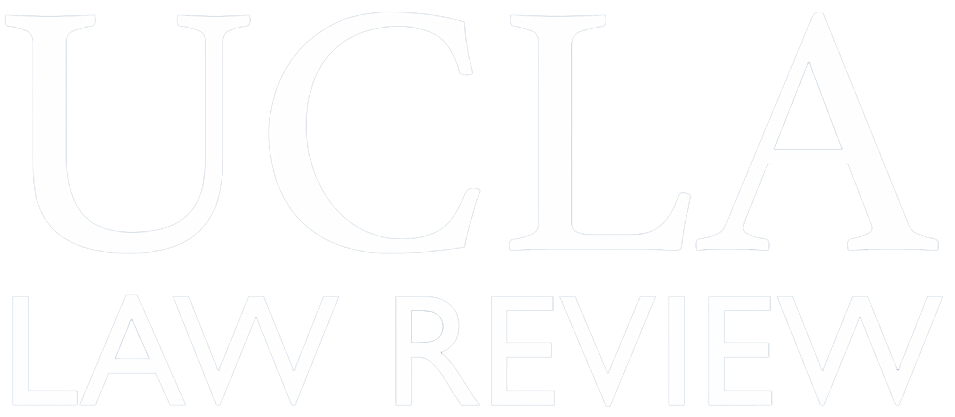Deportation of so-called “criminal aliens” has become the driving force in U.S. immigration enforcement. The Immigration Accountability Executive Actions of late 2014 provide the most recent example of this trend. Even for immigrants’ rights advocates, conventional wisdom holds that if deportations must occur, “criminal aliens” should be the first to go. A voluminous “crimmigration” scholarship...
The System of Equitable Remedies
The conventional wisdom is that the distinction between legal and equitable remedies is outmoded and serves no purpose. This Article challenges that view. It argues that the equitable remedies and remedy-related doctrines that presently exist in American law can be understood as a system. The components of the system fall into three categories: (1) the equitable remedies themselves, (2) equitable...
Calibrating the Eighth Amendment: Graham, Miller, and the Right to Mental Healthcare in Juvenile Prison
Young people locked up in juvenile prisons have an enormous need for mental healthcare, one which juvenile prisons have consistently found themselves unable to meet. As a result, many incarcerated young people end up being denied the care they deserve. Yet for years, courts have implemented a confused, haphazard doctrine to evaluate youth right to mental healthcare claims—likely because the quasi...
Episode 1.2: Campaign Finance Law With Professor Daniel Lowenstein
In this episode, we continue our discussion of campaign finance reform by interviewing Daniel Lowenstein, an emeritus Professor at the UCLA School of Law and a leading scholar in the field of electoral law. Listen in to hear Professor Lowenstein explain why campaign finance is a problem and how it can be fixed.
Red Belt, Green Hunt, Gray Law: India’s Naxalite-Maoist Insurgency and the Law of Non-International Armed Conflict
The practical application of international humanitarian law to a potential non- international armed conflict is unclear in case law and other literature. This Comment fills this lacuna by clarifying existing legal standards, reconciling the inconsistent application of these standards, and honing the law of non-international armed conflict. Specifically, this Comment focuses on the two essential...
The Courtroom as White Space: Racial Performance as Noncredibility
Central to critical race theory (CRT) is the notion that law is constitutive (and not merely reflective) of race. This Comment operates within the CRT tradition to point to the development of the courtroom as white space and the construction of legal narrative and legal truth as distinctly white. It traces the exclusion of people of color from the courtroom to create a courtroom comprised of only...
Judging Third-Party Funding
Third-party funding is an arrangement whereby an outside entity finances the legal representation of a party involved in litigation or arbitration. The outside entity—called a “third-party funder”—could be a bank, hedge fund, insurance company, or some other entity or individual that finances the party’s legal representation in return for a profit. Third-party funding is a controversial, dynamic...
Choosing Constitutional Remedies
When a judge finds that a statute violates the Constitution, the statute must give way. But in many cases, there is more than one way for a judge to remedy the conflict between a statute and the Constitution. And in choosing which remedy to impose, there is usually no external source of law telling the judge what to do. They alone must decide which remedy is best. How should judges exercise this...
